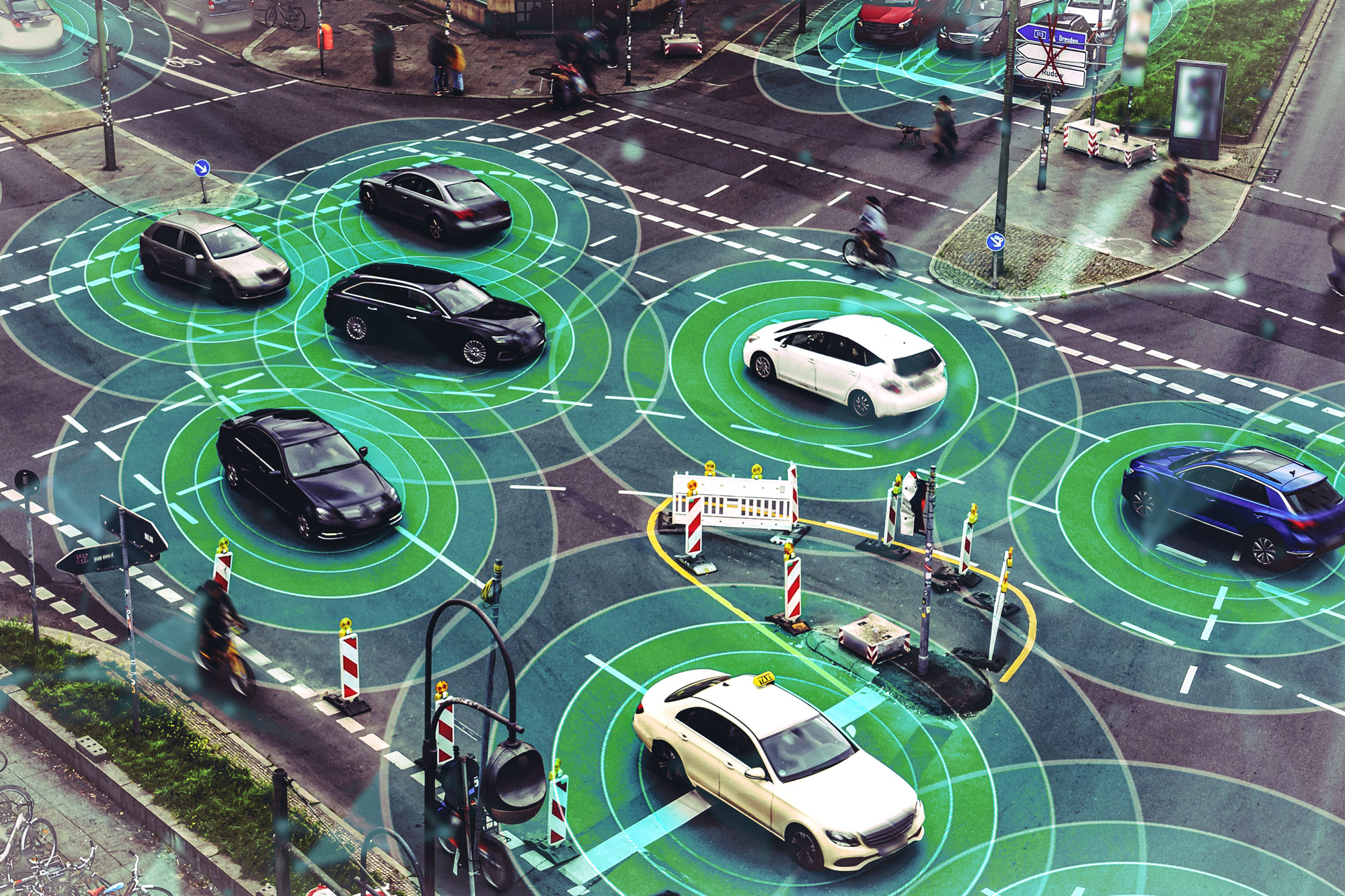Motorists in the United States may soon benefit from eco-driving strategies that could significantly reduce vehicle emissions. A study led by researchers from the Massachusetts Institute of Technology (MIT) reveals that implementing eco-driving measures could cut carbon dioxide emissions from city intersections by between 11 to 22 percent. This reduction is achieved without compromising traffic flow or safety.
The research utilized advanced artificial intelligence techniques, specifically deep reinforcement learning, to analyze vehicle emissions across three major cities: Atlanta, San Francisco, and Los Angeles. These findings indicate that even a small adoption of eco-driving practices, such as adjusting vehicle speeds to minimize unnecessary stopping and rapid acceleration, could lead to substantial environmental benefits.
Transforming Traffic Control with Eco-Driving
Eco-driving encompasses various vehicle-based traffic control measures. These include speed guidance provided through vehicle dashboards or smartphone applications, and potentially direct control of semi-autonomous vehicles in the future. The study highlights that if just 10 percent of vehicles on the road employed eco-driving techniques, cities could realize a reduction of 25 to 50 percent in total carbon emissions due to car-following dynamics. This occurs when non-eco-driving vehicles follow the optimized speeds of eco-driving vehicles, thereby lowering their own emissions.
The researchers conducted a comprehensive analysis of 33 factors affecting vehicle emissions, including temperature, road grade, and driver behavior. By creating digital models of over 6,000 signalized intersections and simulating more than one million traffic scenarios, they were able to assess the potential impact of eco-driving on emissions reductions.
Significant Findings and Future Implications
The research indicates that optimizing speed limits at approximately 20 percent of intersections could deliver up to 70 percent of the total emissions benefits from eco-driving. Senior author Cathy Wu, the Thomas D. and Virginia W. Cabot Career Development Associate Professor in Civil and Environmental Engineering at MIT, emphasized the relevance of using modern machine-learning tools to support decisions aimed at reducing climate change.
The study, published in Transportation Research Part C: Emerging Technologies, represents a significant step in understanding the potential network-wide environmental benefits of eco-driving. Wu mentioned that while previous efforts primarily concentrated on the implementation of eco-driving, this research shifts the focus to assessing its necessity and potential impact on a larger scale.
The authors also acknowledged that while eco-driving could enhance vehicle throughput by reducing emissions, there is concern that increased road usage might negate some of these benefits. Furthermore, preliminary safety assessments suggest that eco-driving could be as safe as conventional driving, although the effects on human driver behavior require further investigation.
As cities look for innovative ways to tackle climate change, the potential of eco-driving strategies appears promising. With funding from organizations like Amazon and the Utah Department of Transportation, the research team aims to pave the way for practical implementations that could soon transform urban mobility and contribute to cleaner air.
The findings reflect an urgent need for cities to consider eco-driving as a viable solution, not only to reduce emissions but also to enhance overall public health and quality of life through improved air quality.






































































